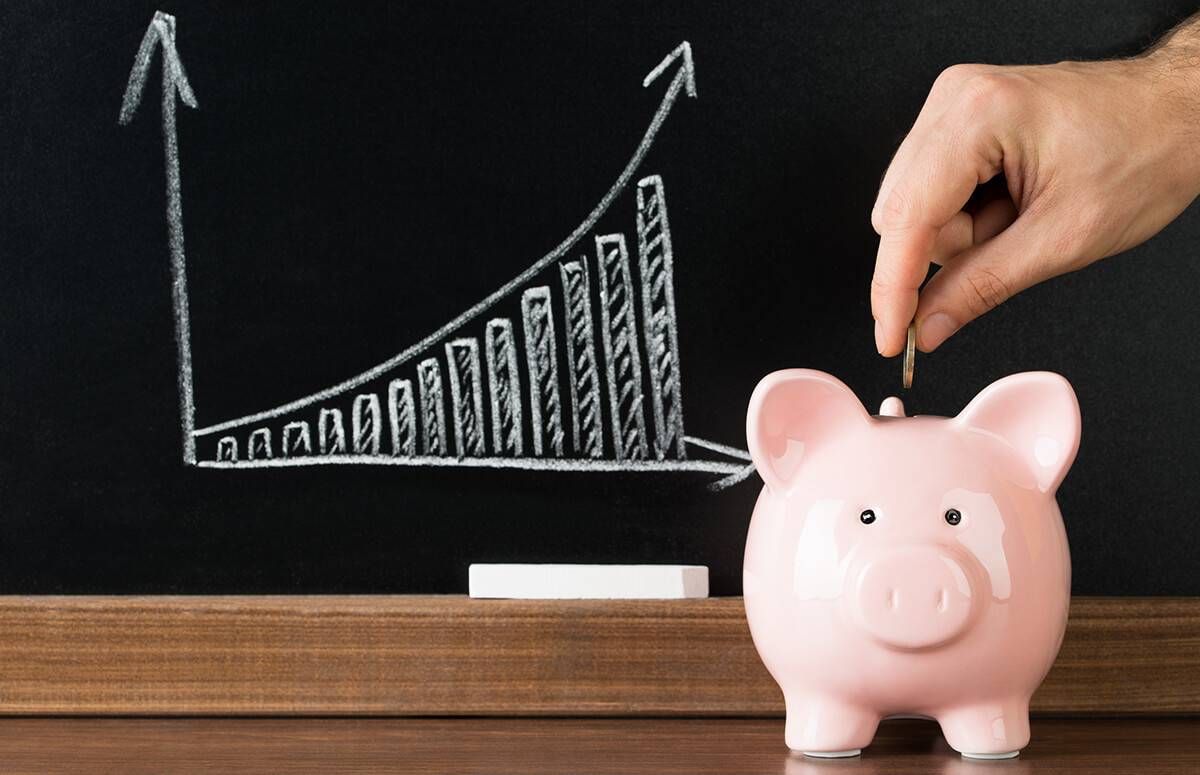5 Smart Savings Strategies for 2017
Your guide to the best checking accounts, savings accounts and CDs
Keeping some cash in your investment portfolio has always been important for both an emergency fund and to meet short-term goals. But in 2017, it will be even more important, since market volatility is expected to be higher than usual. You don’t want to be forced to sell stocks when you need cash in a down market.

The question is: Where should you put your savings in 2017, a year when it seems quite likely that the Fed will increase interest rates?
Members of the Federal Open Market Committee (the Fed branch that determines the direction of monetary policy) have made it clear that they’re planning only gradual increases in the federal funds rate, and those increases depend on the economy improving as they expect. As we saw in 2016, a gradual pace of rate hikes can become a glacial pace. Last year, the Fed only raised rates once, at its December meeting.
With all this in mind, here are five smart savings strategies to help ensure that you can maximize the earnings from your cash regardless of what happens with interest rates in 2017:
1. For your primary checking needs, switch to a “high-yield reward checking account” to earn a significantly higher interest rate. High-yield reward checking accounts offer significantly higher rates than traditional checking accounts. These days, interest rates on high-yield reward checking accounts are as high as 5 percent. Most high-yield reward checking accounts are free checking accounts with no maintenance fees.
The caveats are that these accounts require monthly debit card purchases to qualify for their high rates and that balances to get the high rates are capped at $5,000 to $50,000. Additional requirements, such as receiving direct deposit and e-statements, are common.
High-yield reward checking accounts have continued to grow in popularity, with more banks and credit unions offering them than in the past. It’s very likely that you can find local banks and credit unions with such accounts. Also, several banks and credit unions have reward checking accounts that can be opened online in any state.
2. Open an internet savings account. These accounts offer interest rates that are much higher than what’s available at brick-and-mortar banks and credit unions. Also, they have a history of raising rates more quickly after Fed rate hikes than accounts at other financial institutions.
You can typically link an internet savings account to any checking account from another bank or credit union. Once the link is established, the internet bank will let you fund the savings account by electronically transferring money from your checking account.
3. Look specifically for an internet savings account with no minimum balance requirements and solid electronic funds transfer capabilities. Savings accounts demanding minimum balances to avoid monthly fees can force you to keep more in them than you want, or have.
In a rising rate environment, you don’t want to be slowed down in your ability to move money to higher-rate accounts, but some internet banks don’t make it easy to move funds electronically. They may have small limits on the amount you can transfer at one time. Avoid them.
4. Don’t give up on CDs. A rising interest rate environment can scare people away from CDs, fearing that by locking in a certificate of deposit's yield they’ll miss out on something better. once rates go up But as we learned in 2016, interest rates may rise much less than expected. Keeping too much in liquid savings accounts instead of in CDs will result in lower interest earnings because CDs typically pay more than savings accounts.
Instead of opening just one CD, establish a “CD ladder.” That means opening multiple CDs which mature at regular intervals. This way, you’ll never have to wait too long for a CD to mature. In a rising interest rate environment, CD ladders provide more opportunities to roll over maturing CDs into new higher-rate CDs.
The best CD rates can be found at internet banks and credit unions. You will likely be surprised to find how many credit unions you can join. Many credit unions have expanded their ease of membership entry, and this trend will likely continue in 2017.
5. Look for CDs with five-year terms and with early withdrawal penalties of six months’ interest or less. CDs maturing in under five years often don’t offer rates much higher than the best internet savings accounts. Also, a five-year CD with a six-month early withdrawal penalty can be closed early and still be a better deal than many top shorter-term CDs kept to maturity.
If interest rates rise, it can be worthwhile to close the CD before maturity and reinvest the funds into higher-rate CDs. This approach is much more likely to be worthwhile when CDs have small early withdrawal penalties (six months’ interest or less).

